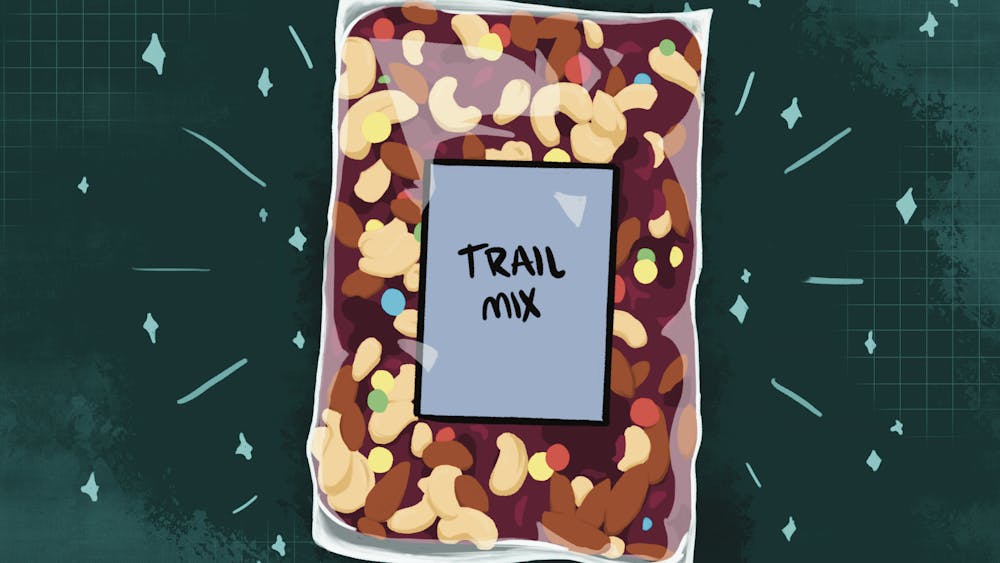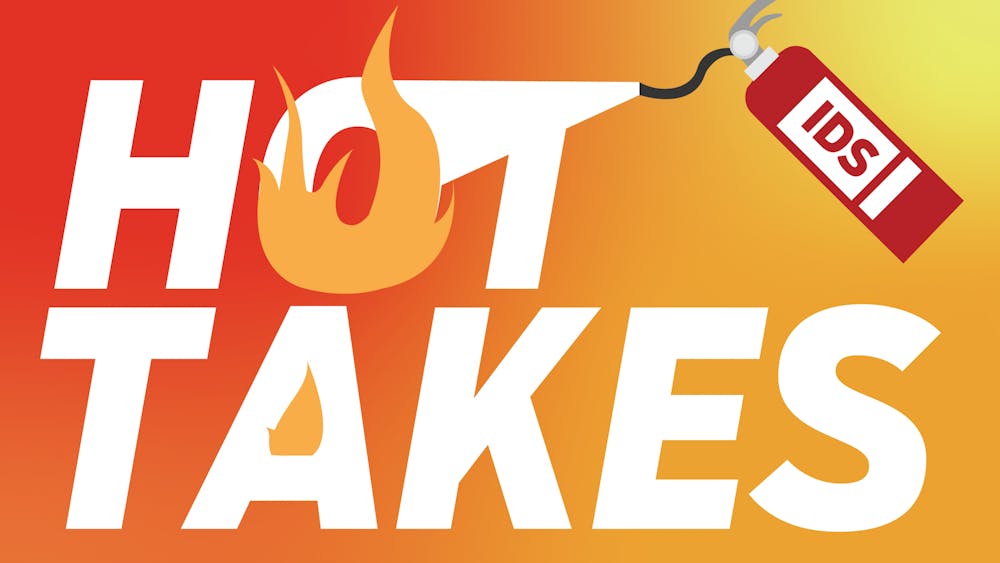Welcome to the NFL. Your job pays well. You, like your average coworkers, receive $6.93 million — an average yearly salary of $2.1 million for the average NFL career length of 3.3 years — but, unfortunately, this job comes with a cost. You develop chronic traumatic encephalopathy, or CTE, a neurodegenerative disorder that can cause depression, suicidal thoughts or behaviors, and progressive dementia.
Your employer has known about CTE for over a decade but didn’t even acknowledge your risk of developing it until 2016.
Out of your 111 coworkers who died and donated their brains to science, 110 of them were diagnosed with the disease during autopsy. President Trump has expressed disappointment that your employer is taking steps to prevent this disease from occurring.
Concussions, which increase the likelihood of CTE developing, occurred 281 times at your places of employment in 2017, 15.6 percent more often than the previous year. A recent study published in the journal Lancet Psychiatry concluded that a single mild traumatic brain injury — such as a concussion — increases your risk of dementia by 17 percent. Suffer five or more and your risk has tripled.
But wait, there’s another silver lining. As another perk of this job, you’ll be seen by 5 percent of the United States population on Monday nights as they drink themselves into a beery stupor. There you are on the screen, playing American football, the world’s greatest sport.
With these statistics in mind, should we, as a nation of what will hopefully one day be ethical consumers, funnel billions of dollars a year into a modern-day gladiatorial arena that is slowly killing our questionably-deified quarterbacks and linebackers one hard tackle at a time?
I think not.
These injuries and illnesses aren’t limited to NFL players. Concussions occur 1.6 to 3.8 million times a year in the U.S. from recreational or athletic causes, with female athletes often experiencing significantly higher rates of concussion than their male counterparts. The same CTE-detecting autopsy study also diagnosed the disease in 91 percent of deceased college football players.
For us as a nation to continue participating in or supporting contact sports, further research must be done to develop ways of preventing, diagnosing and mitigating the effects of concussion.
Current research has allowed athletes to better understand the risks incurred during play, but no research has provided methods with which to actually fight against the traumatic brain injury epidemic. We have no weapon with which to combat these injuries and illnesses, but the NFL keeps sending their players into battle.
To the NFL’s credit, the trade association has taken many steps toward preventing concussions and other more severe traumatic brain injuries, steps such as banning helmet-to-helmet hits and putting a five-step protocol into effect that reduces the likelihood that players with concussions will reenter the game.
Despite these efforts, or perhaps thanks to better screening protocols and increased awareness, reported concussions in the NFL hit a six-year high in 2017.
The NFL has also allocated $17 million to fund research on concussions and brain injuries. Part of this fund also aids the Concussion Assessment Research and Education Consortium Grand Alliance, a partnership between the Department of Defense and NCAA that monitors athletes and military service cadets at 30 universities for concussions. IU School of Medicine and IU-Bloomington both participate in the CARE Consortium.
While the NFL’s attempts to further understand and prevent concussions and associated neurodegenerative diseases are admirable, it continues to use their players as guinea pigs by allowing them to participate in a sport that still produces thousands of concussions each year. Until research has identified effective ways of preventing or treating concussions, the NFL should impose even further limitations on tackles and the on-field time of players who have ever suffered from a concussion, and it should impose even harsher fines for head-to-head contact.
The 2018 NFL draft begins in two weeks. I hope these players know all of what they’re signing up to experience.





